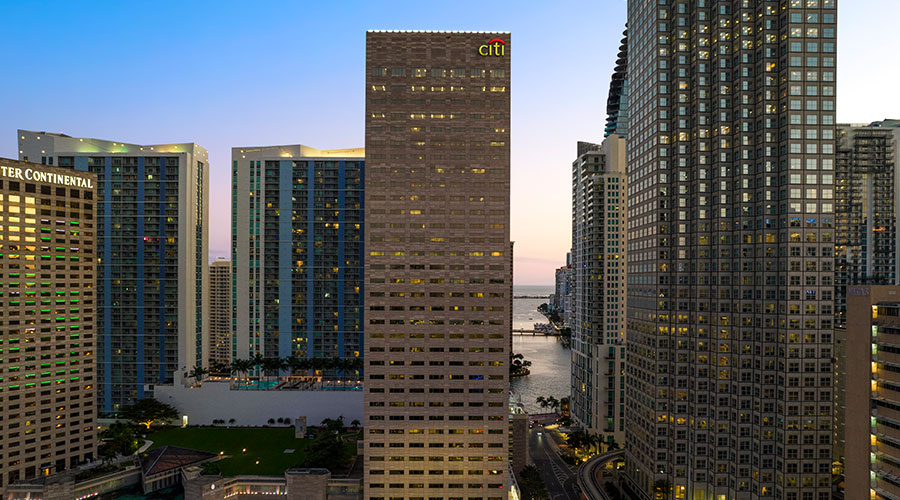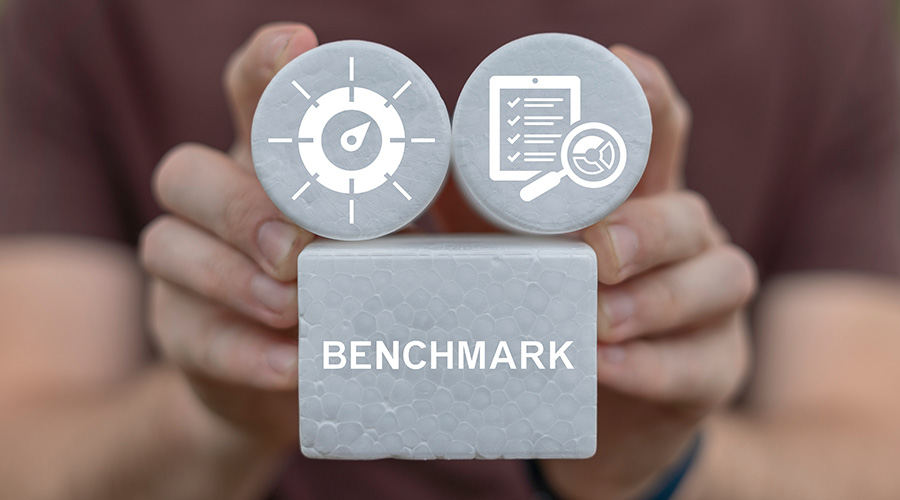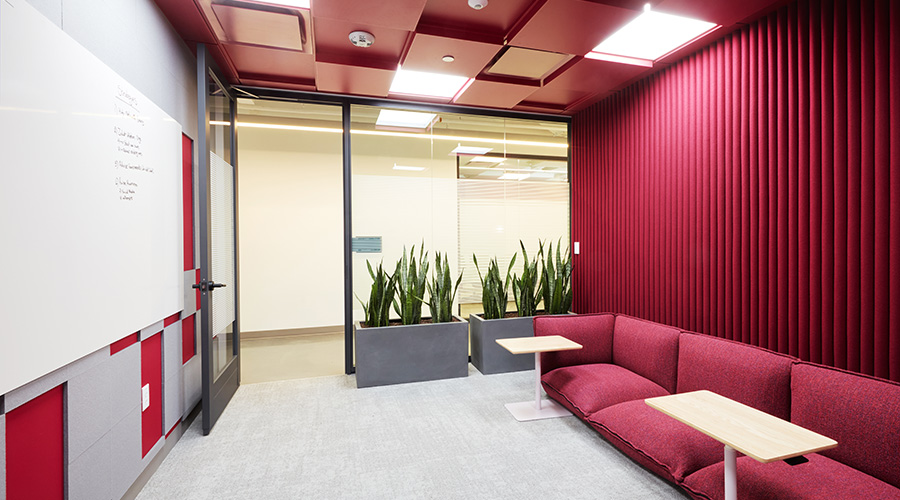SL Green Focuses on Ongoing Maintenance
As important a statement as an office building redevelopment is, that isn’t the end of the story for SL Green. In fact, it really isn’t even the beginning of the story. “Tenants want to be sure they’re moving into a building where there’s a consistent, ongoing maintenance program, not just a one-time revitalization of a building,” says Piccinich. “They realize that they have to look beyond the second or third year. They want a home, so they evaluate key elements over a ten-year lease term.”
Maintenance is a priority across the SL Green portfolio. “We believe an active repair and maintenance program is one of the most effective ways to preserve your capital investments in a property,” says Piccinich. A comprehensive maintenance program extends the life of products and systems installed in the building and increases the long-term returns on those investments.
The emphasis on efficient operations may also lead the company to retrocommission HVAC equipment or to implement load-shedding strategies. “I’m going to say that we’re just as conscientious about expenses as tenants would be,” says Piccinich.
When the time does come to overhaul a building, the company works with tenants to minimize disruption, even when major changes are afoot. The work goes on behind walls and above false ceilings. “You’ll walk into a lobby and above your head will be the workers, unbeknownst to the tenants and visitors walking in,” Piccinich says. “We call it a dance floor.”
That approach enabled SL Green to complete the $60 million renovation of 1515 Broadway during 100 percent tenant occupancy. Similarly, a few years earlier, the company pulled off the redevelopment of 100 Park Avenue while that building was 95 percent occupied. At 100 Park Avenue, the work produced practically a new building, inside and out, with energy-efficient HVAC equipment, green roofs, and a lobby makeover that required cutting through nearly 3,000 square feet of the slab to increase the height of the space. Perhaps most striking, the project also included a reflective new glass and aluminum curtain wall equivalent to the size of a football field. Accomplishing all that without vacating the building took comprehensive planning, scheduling, and tenant coordination, says Piccinich. “While we’re on one side of the building, pulling out windows, we needed to make sure the tenants had a place they could go to and carry on with business.”
Although SL Green made its name buying and repositioning office buildings, today it is also active in new construction. For example, SL Green purchased two dilapidated “sliver” buildings on adjacent lots at 180 and 182 Broadway, in the neighborhood around Ground Zero. The company decided not to redevelop the buildings. “We were looking to realize the highest potential of the assets in the most efficient manner possible,” says Piccinich. So instead of repositioning the buildings, SL Green demolished them. Today, it is nearing completion on a building that will house a 609-bed dormitory for Pace University along with a three-story, 23,000-square foot retail base that will feature a glass curtain wall. Even though that project was ground-up construction rather than renovation, the guiding principle was the same one that has long guided SL Green’s strategy: adding value for the long term.
Related Topics:












